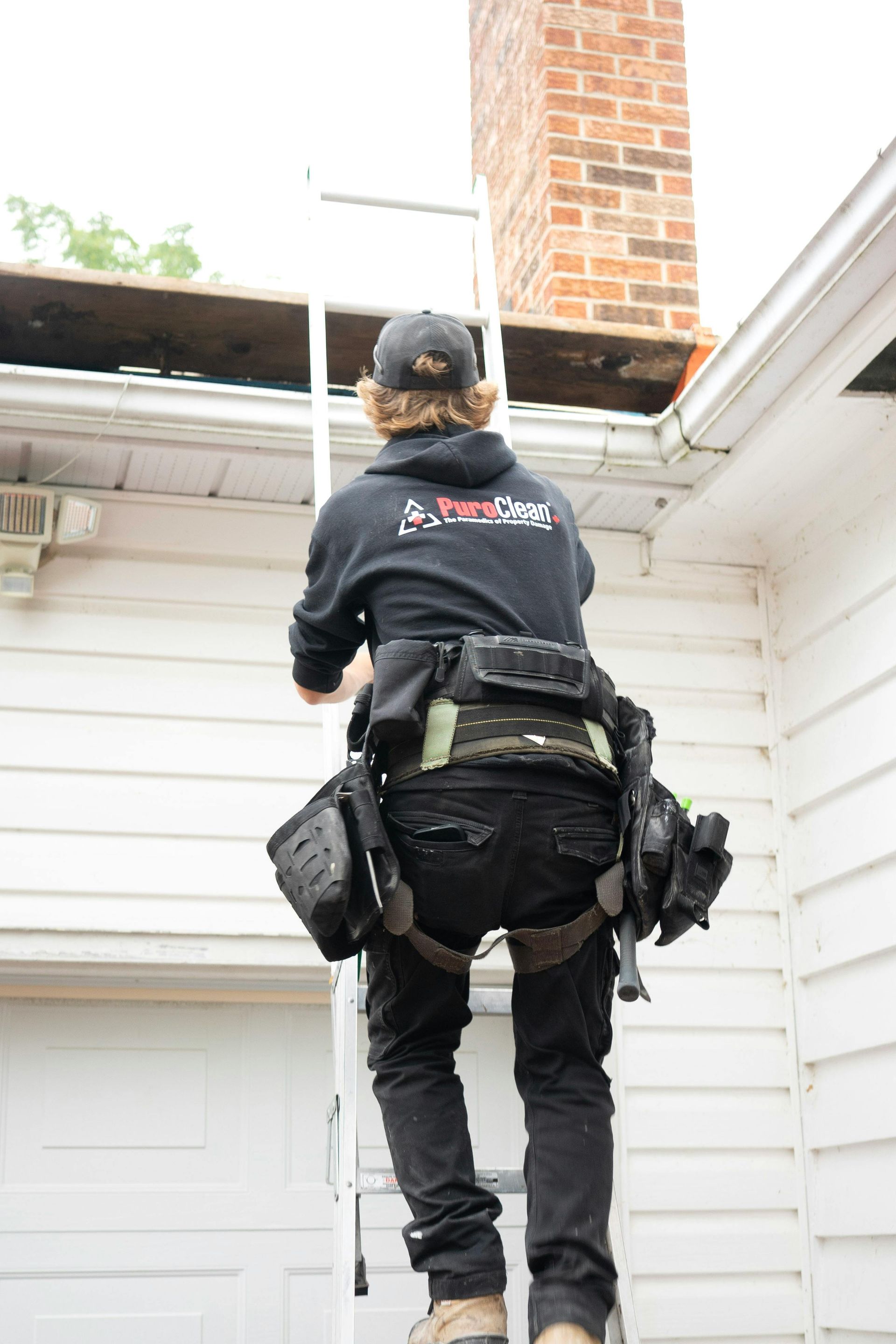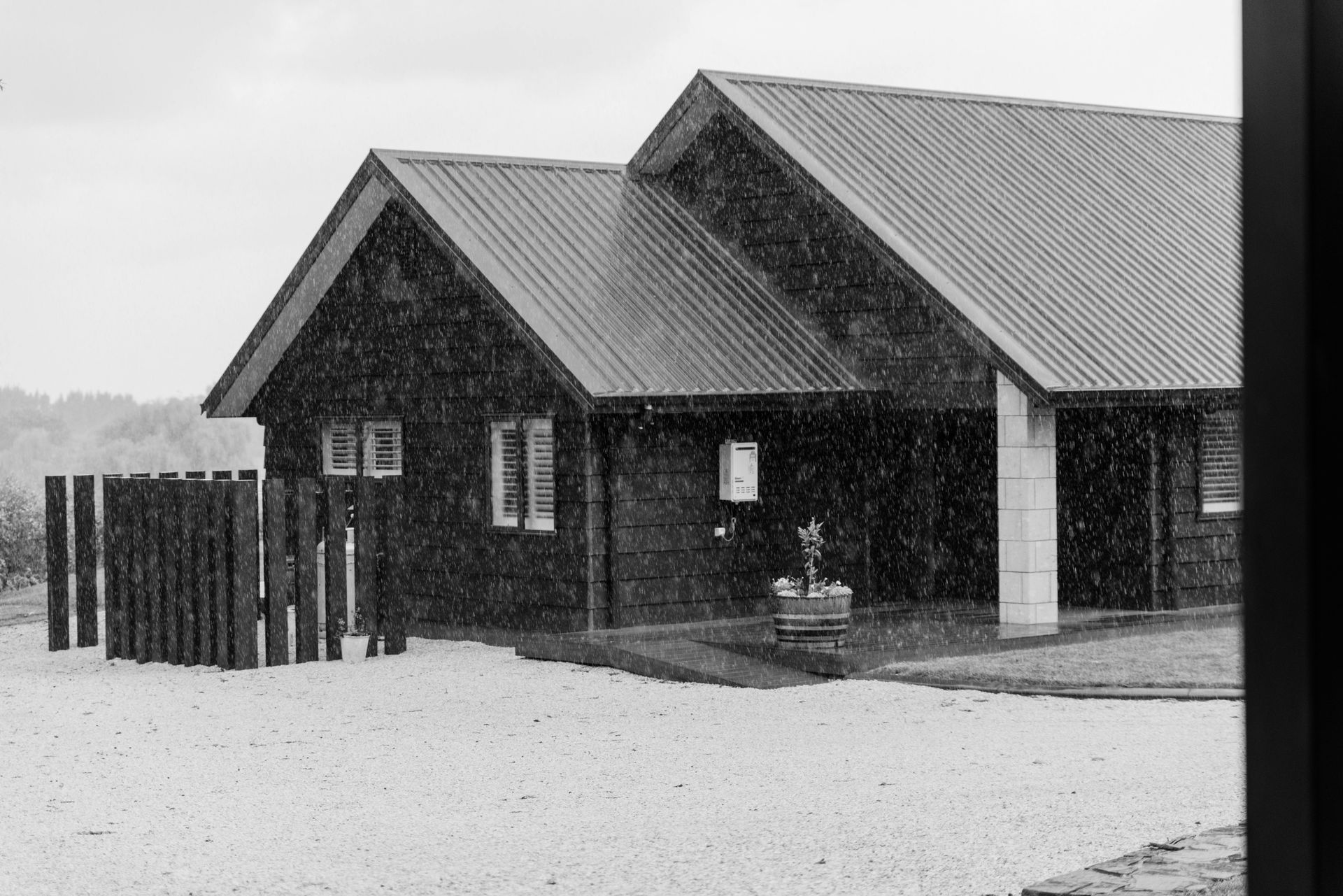5 Signs Your Siding Needs Replacement Before Winter Hits
Winter’s harsh weather can take a toll on your home’s exterior, especially the siding. As the first line of defense against snow, ice, wind, and freezing temperatures, your siding plays a critical role in protecting your home’s structure and maintaining energy efficiency in different areas. Ignoring signs of damage or wear can lead to costly repairs, water damage, or even compromised insulation during the colder months. Getting a siding installed and repaired before winter arrives can save you time, money, and stress. This article explores five key signs that indicate it’s time to replace your siding, offering practical insights to help you prepare your home for the season ahead.
Key Takeaways
- Damaged or deteriorating siding can lead to water infiltration and higher energy bills.
- Regular inspections help identify issues like cracks, warping, or fading early.
- Replacing siding before winter ensures better protection against harsh weather.
- Professional assessments can confirm whether repair or replacement is needed.
- Choosing durable siding materials can enhance your home’s longevity and value.
- Acting promptly on siding issues prevents more extensive structural damage.
Cracks, Holes, or Missing Panels
One of the most obvious signs that your siding needs replacement is visible damage such as cracks, holes, or missing panels. These issues can occur due to age, impact from debris, or extreme weather conditions. Even small cracks can allow water to seep into the walls, leading to mold growth, wood rot, or insulation damage. During winter, freezing temperatures can worsen these problems as water expands when it freezes, causing cracks to widen.
Inspect your siding closely for any signs of physical damage. Look for splintered wood, dented metal, or cracked vinyl. If you notice missing panels or large gaps, this is a clear indicator that replacement is necessary. While minor damage might be repairable, widespread or recurring issues often suggest that the siding has reached the end of its lifespan. Addressing these problems before winter prevents further deterioration and protects your home’s interior from moisture-related issues.
Warping or Buckling Siding
Warping or buckling occurs when siding panels no longer sit flat against your home’s exterior. This can happen due to prolonged exposure to moisture, temperature fluctuations, or poor installation. Warped siding not only affects your home’s appearance but also compromises its ability to shield against the elements. Gaps created by warping allow wind, snow, and rain to penetrate, potentially damaging the underlying structure.
To check for warping, examine your siding from different angles, especially in bright daylight. Look for panels that appear wavy, uneven, or detached from the wall. If you notice bubbling or swelling, particularly with vinyl or aluminum siding, it may indicate trapped moisture. Replacing warped siding before winter ensures a tight seal around your home, maintaining insulation and preventing energy loss during cold weather.
Fading or Peeling Paint
While some siding materials, like vinyl or aluminum, are designed to resist fading, others, such as wood or fiber cement, may show signs of wear through fading or peeling paint. Faded siding not only diminishes your home’s curb appeal but may also indicate that the material is losing its protective coating. This can make it more vulnerable to moisture and UV damage, both of which are exacerbated in winter.
Peeling paint is another red flag, particularly for wood siding. When paint peels, it exposes the underlying material to the elements, increasing the risk of rot or mold. If you notice significant fading or peeling across large sections of your home, it’s time to consider replacement. Modern siding options offer improved durability and low-maintenance finishes, making them a smart choice for winter preparation.
Increased Energy Bills
If your heating bills have been steadily climbing, your siding could be part of the problem. Damaged or aging siding can reduce your home’s energy efficiency by allowing cold air to enter and warm air to escape. This forces your heating system to work harder, driving up energy costs. Poorly sealed siding can also contribute to drafts, making your home feel colder even when the heater is running.
To determine if your siding is affecting
energy efficiency, check for drafts near exterior walls or windows. You can also inspect the siding for gaps, loose panels, or signs of wear that might allow air infiltration. If these issues are widespread, replacing your siding with a more energy-efficient material, such as insulated vinyl or fiber cement, can help keep your home warm and reduce winter heating costs.
| Siding Material | Average Lifespan | Energy Efficiency | Winter Durability |
|---|---|---|---|
| Vinyl | 20-40 years | Moderate to High | Good, resists moisture |
| Aluminum | 20-50 years | Moderate | Good, but prone to dents |
| Wood | 10-30 years | Low to Moderate | Requires maintenance |
| Fiber Cement | 30-50 years | High | Excellent, resists rot |
Mold, Mildew, or Rot
The presence of mold, mildew, or rot on your siding is a serious warning sign that replacement may be necessary. These issues often develop in areas with poor ventilation or prolonged exposure to moisture, such as shaded sections of your home. Mold and mildew can spread quickly, compromising indoor air quality and posing health risks. For wood siding, rot is particularly concerning, as it weakens the material and can spread to the underlying structure.
To spot these problems, look for dark or green patches on the siding, especially near the bottom of walls or in areas with limited sunlight. Soft or crumbly wood is a clear sign of rot. If you notice these issues, a professional inspection can determine whether cleaning and repairs are sufficient or if replacement is the better option. Addressing mold, mildew, or rot before winter is critical to prevent further damage during freezing temperatures.
Frequently Asked Questions
How often should I inspect my siding for damage?
Inspect your siding at least twice a year, ideally in spring and fall, to catch issues before extreme weather hits. After major storms, perform a quick check for visible damage like cracks or loose panels.
Can I repair damaged siding instead of replacing it?
Minor damage, such as small cracks or a single warped panel, can often be repaired. However, if damage is widespread or the siding is nearing the end of its lifespan, replacement is usually more cost-effective.
What is the best siding material for winter climates?
Fiber cement and insulated vinyl are excellent choices for winter climates due to their durability, moisture resistance, and energy efficiency. Consult a professional to choose the best option for your region.
How long does siding replacement typically take?
The timeline depends on the size of your home and the material chosen, but most siding replacement projects take one to three weeks. Weather conditions and labor availability can also affect the schedule.
Will new siding improve my home’s value?
Yes, replacing old or damaged siding can enhance curb appeal, energy efficiency, and structural integrity, all of which can increase your home’s resale value.
Final Thoughts
Your home’s siding is more than just an aesthetic feature; it’s a critical component of your home’s defense against the elements. By recognizing the signs of damage—cracks, warping, fading, energy loss, or mold—you can avail services to replace your siding before winter arrives. Timely replacement not only protects your home from costly repairs but also improves energy efficiency and curb appeal. If you’re unsure about the condition of your siding, consult a professional for a thorough inspection.


